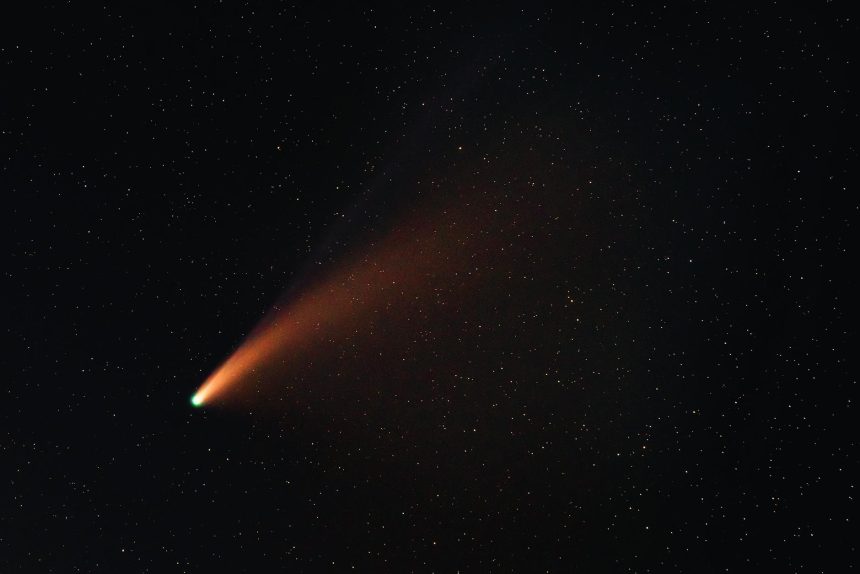early universe signals
Early Universe Signals: Decoding Cosmic Whispers
Imagine listening to the faintest echoes from the very dawn of time, signals that have traveled billions of years to reach us. Astronomers are currently working to decipher these ancient whispers, offering an unprecedented glimpse into one of the most enigmatic epochs of our universe’s history. These elusive transmissions hold the key to understanding the universe’s infancy, a period shrouded in mystery and ripe for discovery.
Unlocking the Secrets of the Cosmic Dawn
The early universe, a chaotic and rapidly evolving realm, is a frontier that continues to challenge our understanding. Scientists are particularly interested in signals emitted during the “Cosmic Dark Ages,” a time before the first stars ignited and illuminated the cosmos. Detecting and analyzing these early signals allows us to piece together the universe’s formative years.
The Challenge of Detection
Capturing these ancient signals is an immense technological feat. They are incredibly faint, having been stretched and diluted by the expansion of space over eons. Specialized radio telescopes are being deployed to sift through the cosmic static and isolate these precious remnants of the past.
What These Signals Tell Us
The analysis of these early cosmic transmissions promises to reveal groundbreaking information. We can expect to learn about:
- The formation of the first galaxies.
- The processes that led to the reionization of the universe.
- The distribution of matter in the universe’s youth.
- The properties of dark matter and dark energy in their nascent stages.
Cosmic Messengers from the Early Milky Way
While the focus is often on the universe as a whole, specific celestial objects can also act as messengers from different cosmic eras. Recently, an interstellar visitor, Comet 3I/ATLAS, has captured the attention of astronomers. Though not directly emitting signals from the universe’s infancy, its composition can offer clues about the conditions in the early Milky Way.
Comets as Cosmic Time Capsules
Interstellar comets, like 3I/ATLAS, are thought to originate from beyond our solar system, potentially carrying material from the early stages of our galaxy’s formation. Their journey through interstellar space allows them to preserve pristine samples of the materials that coalesced to form stars and planets.
By studying the chemical makeup of such comets, scientists can infer the environmental conditions present billions of years ago. This includes:
- The types of molecules present.
- The temperature and pressure of the interstellar medium.
- The presence of organic compounds that could have seeded early life.
Connecting the Dots: From Comets to Cosmic Dawn
While studying the composition of interstellar comets might seem distinct from detecting early universe signals, both endeavors aim to shed light on our cosmic origins. The materials found in a comet could reflect the same building blocks that were abundant in the early universe when the first structures began to form. Understanding the conditions that shaped our galaxy’s early building blocks indirectly informs our understanding of the larger cosmic picture.
The Future of Cosmic Exploration
The quest to understand our universe’s origins is an ongoing journey. New telescopes and analytical techniques are constantly being developed, pushing the boundaries of what we can observe and comprehend. These advancements are crucial for deciphering the faint signals from the universe’s infancy and for understanding objects like Comet 3I/ATLAS.
The information gleaned from these efforts will not only satisfy our innate curiosity about where we came from but also refine our cosmological models and potentially lead to unexpected discoveries about the fundamental nature of reality. For more on the ongoing exploration of the cosmos, consider exploring resources from NASA or the European Space Agency.
In conclusion, astronomers are making significant strides in capturing and interpreting the faint signals from the early universe, a period of immense cosmic transformation. Simultaneously, the study of interstellar objects like Comet 3I/ATLAS provides tangible insights into the conditions of the early Milky Way. Together, these investigations are painting a clearer picture of our cosmic heritage.
Featured image provided by Pexels — photo by Alex Andrews




